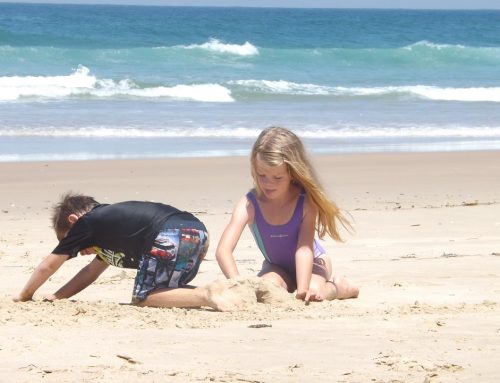“A happy mind makes happy molecules.” – DEEPAK CHOPRA, M.D.
Everyone wants to be healthy, just look at the number of books and articles written about weight management, exercise, sleep, and the quality of our food, air, and water. These are all foundations of good health. However, according to Ayurveda, the world’s oldest system of natural medicine, we have forgotten the primary foundational element of optimal health – Inner Happiness. It seems intuitive that happiness contributes to good health. However, this raises the important question, how do we sustain happiness when we face so much pressure in our daily life? Using the concepts of this ancient science, let’s explore this topic further to uncover deeper aspects of our quest for happiness.
Insights about Happiness from holistic Ayurvedic medicine
Ayurveda explains there are three major qualities or energies in nature. These energies, known as the three Gunas, directly impact our behavior and the quality of our daily lives in the following ways:
- Ajasic energy and behaviors are fast-moving, often frenzied, and erratic. The multitasking, busy mindset comes to mind. These energies and resultant behaviors dominate many lives today. Unfortunately, Ayurveda tells us continuous or dominant Rajasic energy and behavior are not sustainable! We are endlessly spinning our wheels. What’s more, the Rajasic influence leads to the qualities of Tamasic energy, the lowest of the three energy states.
- To get a handle on the influence of Tamasic energy, think of decay, inertia, lethargy, depression, meltdown, and negative, fear-based thinking. Tamasic qualities and behaviors do not support a long and happy life. The influence of Tamasic energy is destructive.
- The third energy or quality identified by Ayurveda is Sattva. It is the highest energy and the most desirable one. The Sattvic energy and behaviors are grounded and clear, not the frenzy and restless energy of Rajas. Qualities associated with Sattva energy are joy, love, compassion, contentment, purity, and bliss. Elevated levels of creativity and fulfillment are expressions of Sattva.
How to Find and Stabilize Happiness
Most of the science on happiness suggests it comes from triggering the reward system of the brain. Activities such as winning a game, celebrating a birthday, or enjoying a favorite dessert are outer events that bring us pleasure. From the Ayurvedic perspective, however, these pleasures are short-lived. We cannot live in a continual state of Rajasic stimulation without burning out. Fortunately, there is a better life-enhancing solution. You see, happiness is a state of being. It doesn’t need a reason, such as your accomplishment, to exist in our lives. Happiness is our birthright, and it permeates Sattvic pure influences. The inner happiness that supports a lifetime of optimal health is cultivated by Sattva energy. Here are a few things you can do and practice right now to grow in Sattvic energy and happiness:
- Learn to meditate, and practice it daily.
- Take a walk in the stillness of the morning sun.
- Engage in exercise that you enjoy.
- Eat nutritionally dense food mindfully.
While the qualities of Rajas, Tamas, and Sattva are always in nature. The key to a healthy life is to engage in Sattvic energy regularly – such as mentioned above. We need to “make time” for these refined Sattvic energies because what we put our attention to grows in our life. In closing, here’s a practical intervention. The next time, your attention is lost in Rajasic frenetic activity, or down in Tamasic energy, just pause and notice how you feel. Then try something different; look out a window, take a conscious breath, and smile as you exhale. Allow your mind to rest, if only for a minute. If possible, do this a few times daily. Each “round” is bringing the influence of Sattva into your life. When you return to your activity you will be less tense, and a little more at ease. With practice, your physical, mental, and emotional health will improve significantly. You will also be happier and more grateful. Be well.
Greg Schweitzer
www.StressReductionResources.com






